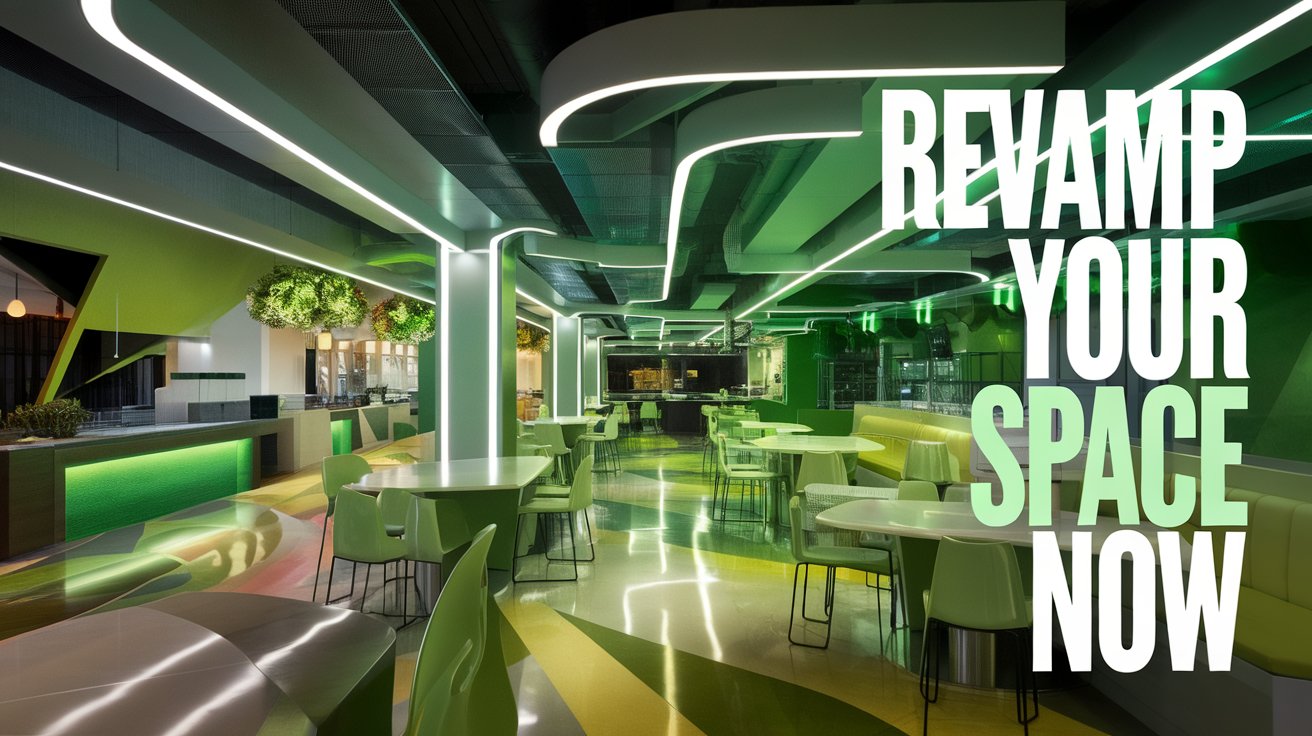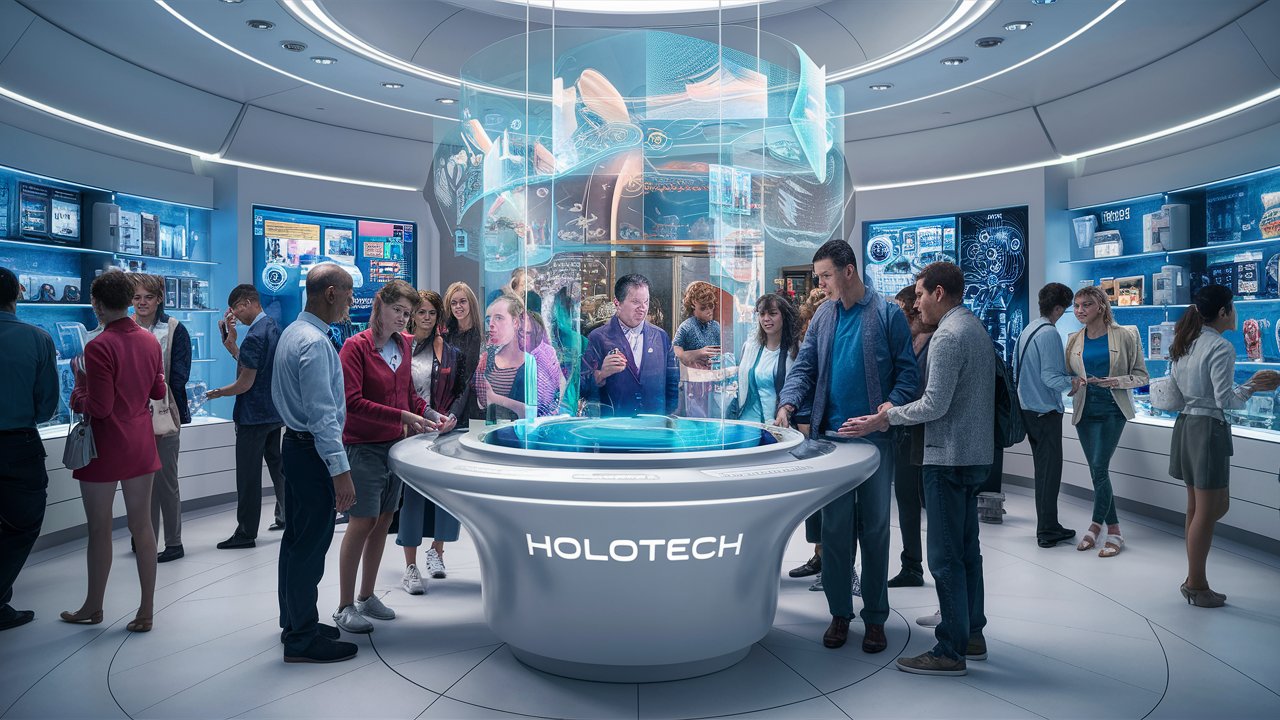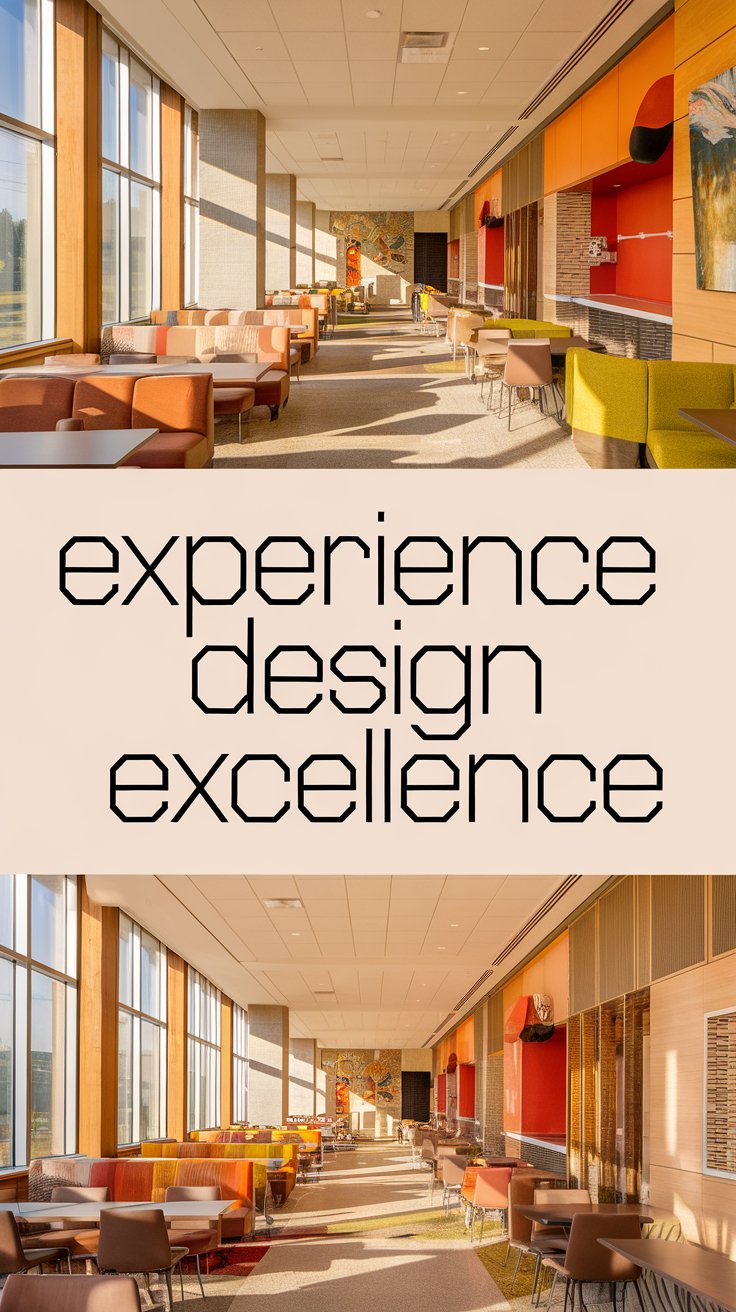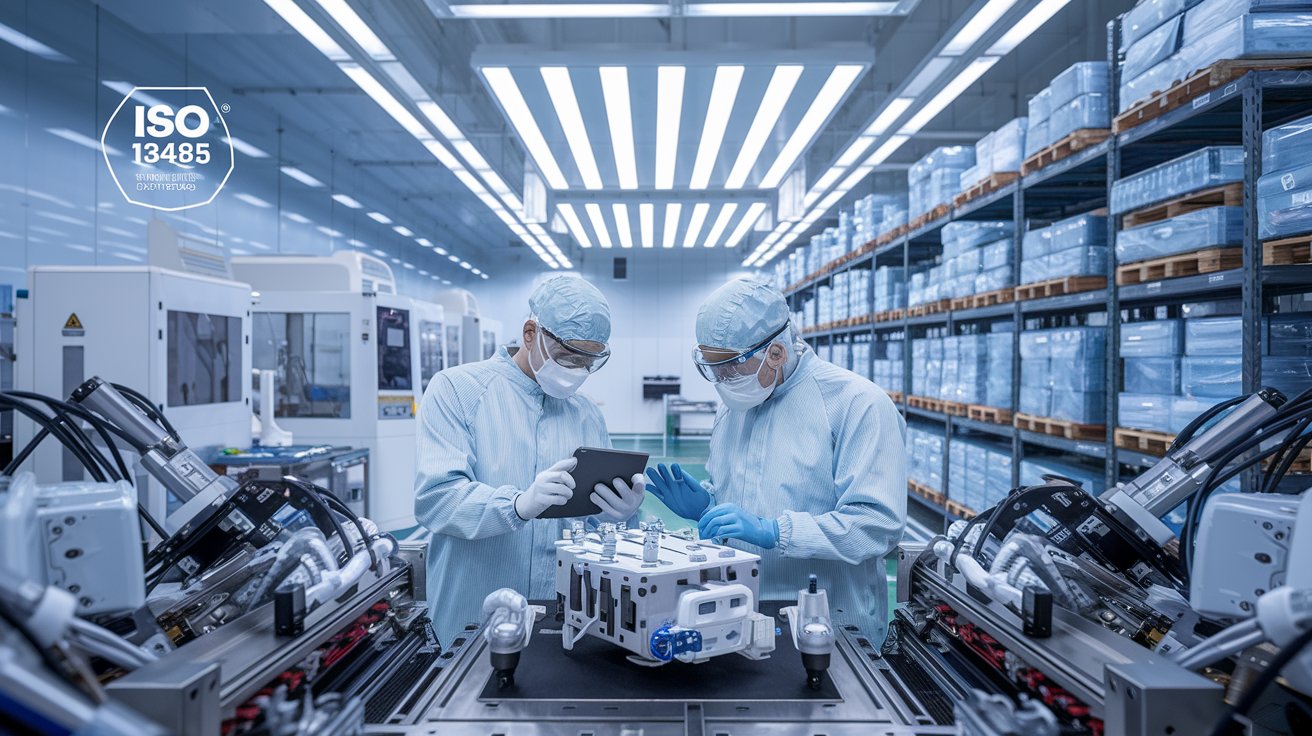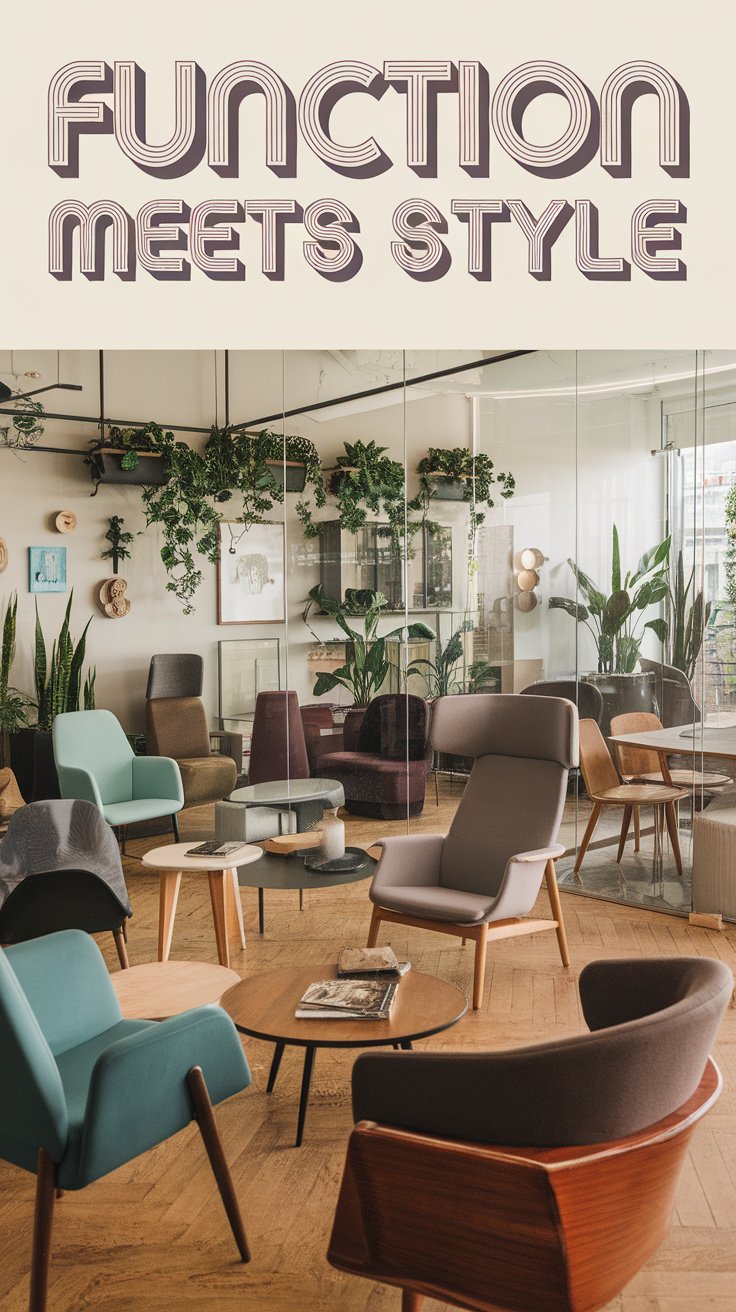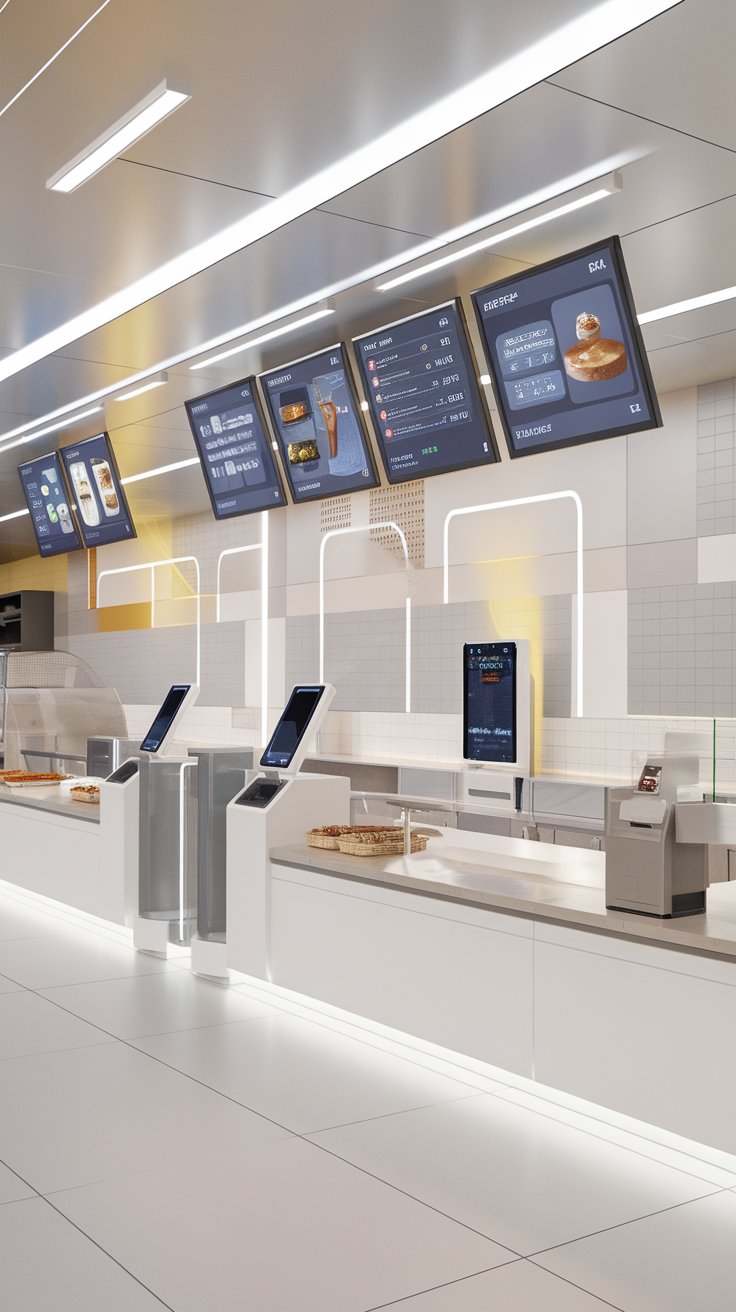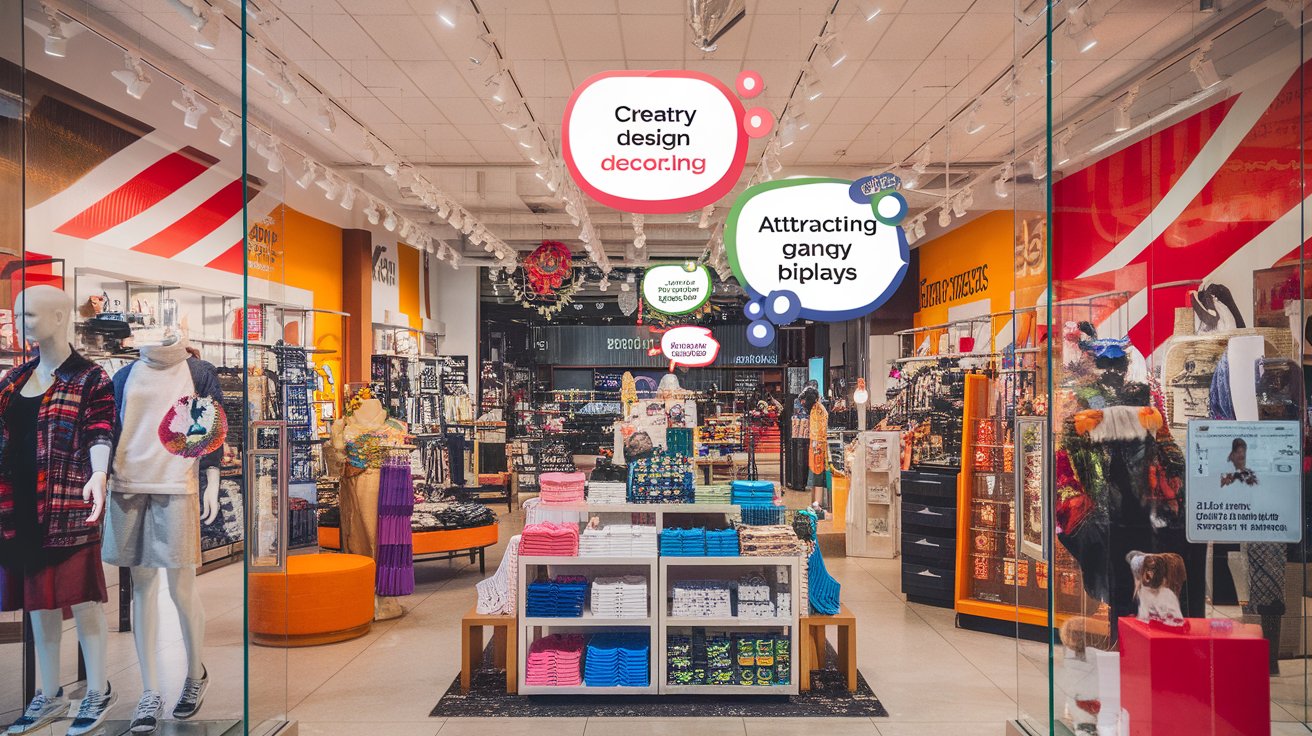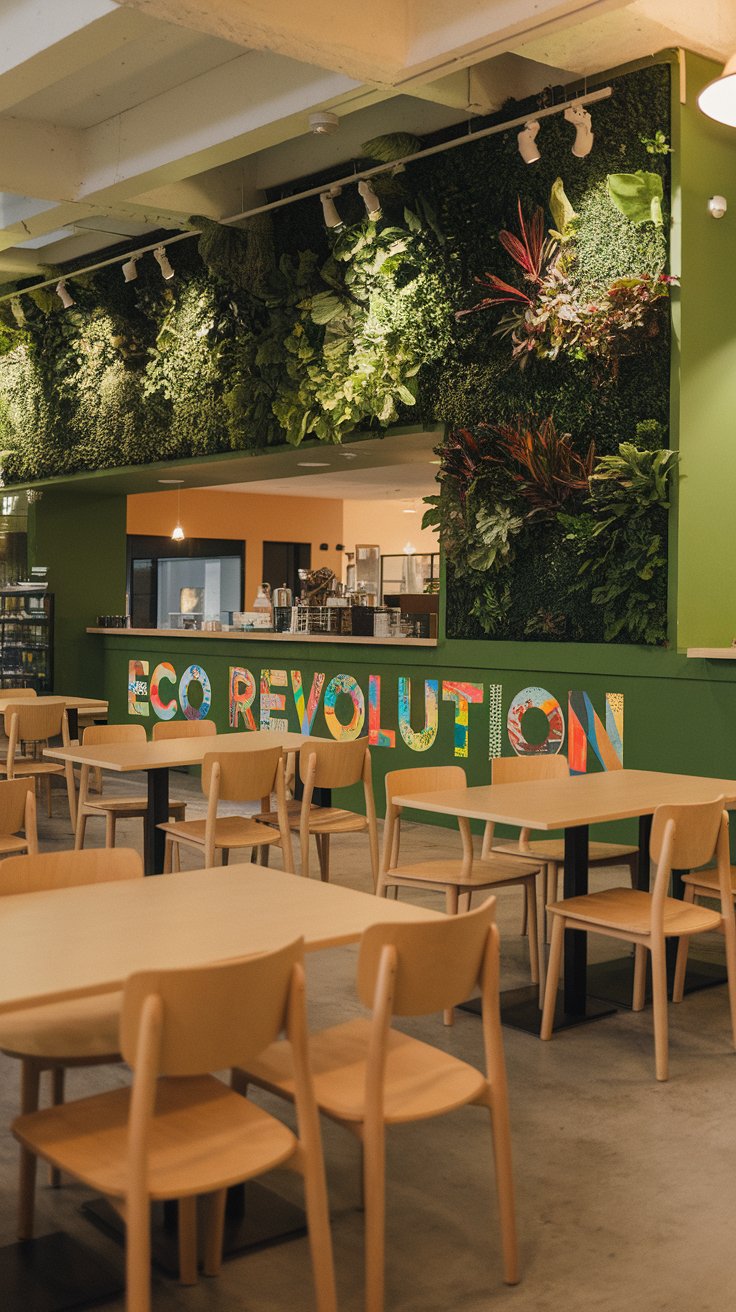Introduction
The design of cafeterias has evolved significantly over the years, reflecting changes in dining habits, culinary trends, and consumer preferences. Modern cafeteria design not only focuses on efficiency but also enhances the overall dining experience. Cafeterias serve as essential gathering points in institutions like schools, corporations, and hospitals, influencing social interactions and customer satisfaction. This article delves into the principles of effective cafeteria design, exploring how strategic layouts, decor, and functionality can modernize these spaces.
It is critical to incorporate elements that foster a welcoming atmosphere while ensuring operational efficiency. The modern approach emphasizes open layouts, bright aesthetics, and the incorporation of technology to streamline service. Design choices, from seating arrangements to food presentation, should cater to diverse consumer needs and preferences. By examining key design elements, we aim to highlight the transformative power of cafeteria environments in enhancing diners’ experiences.
Understanding Cafeteria Design Fundamentals: Enhancing User Experience
When considering the fundamentals of cafeteria design, several core principles serve as guiding factors in creating efficient and user-friendly spaces. A well-thought-out layout plays a pivotal role in how patrons navigate the cafeteria, influencing both traffic flow and overall dining satisfaction. The arrangement of dining areas, food stations, and self-service options can significantly enhance the experience for users while optimizing the available space.
The layout should facilitate a smooth traffic flow, allowing diners to easily access food choices without bottlenecks or disruptions. Key considerations include the positioning of queues, food prep, and service areas. For instance, separating the seating area from food stations can help avoid congestion and create a more enjoyable experience. An open layout invites interaction and connection, allowing diners to engage with one another while enjoying their meals.
Self-service stations are another crucial aspect of cafeteria design, catering to efficiency and autonomy. By incorporating self-service elements, cafeterias empower users to make choices that suit their preferences and dietary needs. This not only expedites service but also encourages healthier eating habits, as patrons can control portion sizes. Strategically placed self-service stations can reduce wait times and enhance the overall dining experience.
Incorporating a variety of food stations featuring diverse culinary options can elevate the cafeteria’s appeal. Such versatility appeals to a wider audience, accommodating various tastes and dietary restrictions. The inclusion of themed stations can also add an element of excitement, drawing patrons to explore different flavors and cuisines. The thoughtful integration of these features supports a functional yet welcoming environment, making the cafeteria a preferred dining destination.
By aligning the design elements with the principles of functionality and user experience, cafeteria design achieves a balanced act of enhancing efficiency and encouraging social interaction. As the dining landscape continues to evolve, embracing these principles ensures that cafeterias remain relevant and enjoyable spaces for all users, ultimately redefining the way we think about communal meals.
Aesthetic Elements in Modern Cafeteria Design: Creating an Inviting Atmosphere
Visual Appeal: Color Schemes and Their Impact
Aesthetic elements play a crucial role in shaping the dining experience. Color schemes serve as the foundational layer of this visual appeal. By utilizing a palette that balances warm and cool tones, designers can evoke specific emotions and create a welcoming atmosphere. For instance, soft earth tones can impart a sense of comfort, while brighter colors like orange or yellow can stimulate appetite and foster social interaction. The right color combinations can lead to a lively environment, encouraging patrons to linger longer and enjoy their meals.
The Importance of Strategic Lighting
Lighting is another fundamental aspect that influences the overall ambiance of a cafeteria. Natural light not only enhances aesthetic beauty but also elevates mood, promoting well-being among patrons. Large windows and skylights can bring in abundant daylight, contributing to a vibrant atmosphere. Creative use of artificial lighting, such as pendant lights or LED strips, can create focal points or highlight specific areas like food stations or seating zones. The level of brightness should be adjustable to suit different times of day and events, ensuring that the space feels appropriately cozy or lively as needed.
Furniture Selection: Function Meets Style
The selection of furniture is critical in modern cafeteria design, where comfort and aesthetics must intersect. Tables and chairs should not only reflect contemporary styles but also cater to a variety of user needs. Modular furniture that can be rearranged easily enhances flexibility, accommodating both small and large groups. Opting for materials that are durable yet stylish ensures that furniture remains appealing over time, reducing the need for frequent replacements. Colors and textures of furniture should harmonize with the overall color scheme and lighting choices to foster a cohesive visual experience.
Creating an inviting atmosphere is more than just about aesthetics; it involves a holistic approach that integrates color, light, and furniture in a manner that resonates with the users. As spaces are revamped with modern design principles, the fusion of these elements can significantly transform dining experiences, making cafeterias not just an area for meals but social hubs where connection and community thrive.
Functional Design: Furniture and Facilities in Modern Cafeteria Design
The functionality of cafeteria spaces extends beyond mere aesthetic appeal; it encompasses the essential aspects of furniture and facilities that cater to users’ needs. The bedrock of an effective cafeteria design lies in creating an environment where comfort, versatility, and accessibility prevail. Modern cafeteria design prioritizes these elements to enhance the overall dining experience.
Comfort and Ergonomics for Every User
Utilizing ergonomically designed furniture is vital in modern cafeteria spaces. Chairs and tables should accommodate a variety of body types, featuring designs that promote natural sitting postures. Comfort encourages longer stays, enhancing social interaction and community engagement. Items like cushioned seating or tables with varying heights are excellent choices for diverse user groups, allowing for adaptability based on individual comfort levels.
The layout of the seating arrangements plays a crucial role. Options should include communal seating, which fosters social connectivity, alongside quiet nooks for those seeking a more intimate dining experience. This integration of different seating styles ensures that the needs of diverse users—such as students, families, and faculty—are met, creating an inclusive atmosphere.
Versatile Furniture Solutions
Versatility in furniture is paramount in maximizing the functionality of cafeteria spaces. Folding tables and stackable chairs facilitate easy reconfiguration for various events and gatherings. By employing flexible furniture solutions, the cafeteria can swiftly adapt its layout for different occupancy levels or types of dining services, from formal programs to casual lunches. Lightweight materials can further streamline this adaptability, enabling staff to quickly rearrange spaces as needed.
Multi-purpose furniture pieces, such as benches with storage capabilities or tables that incorporate built-in charging stations, offer practicality that aligns with the tech-savvy lifestyle of today’s users. Such innovations not only enrich the dining experience but also address the growing expectations for functionality in communal environments.
Accessibility is another core element of cafeteria design. Ensuring that all users can navigate and utilize the space effectively, including those with disabilities, is not only a legal requirement but a moral one. Clear pathways, accessible seating options, and thoughtfully placed food stations contribute to an environment where everyone feels welcome and valued.
By prioritizing comfort, versatility, and accessibility in furniture and facilities, modern cafeteria design creates a dynamic and inviting dining space that encourages engagement and community connection. As we transition toward the next chapter examining the integration of technology in cafeteria spaces, the foundation established by functional design will serve as a critical backdrop for enhancing overall experiences.
Integration of Technology in Cafeteria Spaces
Enhancing Operations with Innovative Design
Modern cafeteria design has evolved to incorporate advanced technology, which plays a pivotal role in transforming the dining experience. Self-service kiosks, digital menu boards, and mobile ordering systems are essential elements that streamline operations while adding a contemporary flair. These integrations not only enhance efficiency but also create an interactive environment that caters to today’s tech-savvy consumers.
Self-service kiosks allow patrons to place their orders independently, minimizing wait times and reducing congestion during peak hours. This feature is particularly beneficial in multifaceted cafeteria settings, where diverse dining preferences can be managed effortlessly. Users can customize their orders with ease, selecting meal options, portion sizes, and dietary preferences without the pressure of a long line. This autonomy in the ordering process contributes to higher customer satisfaction and overall operational efficiency.
The advent of digital menu boards represents another significant leap forward in cafeteria technology. These dynamic displays provide flexibility in menu management, allowing operators to update offerings in real-time. Seasonal dishes, special promotions, and nutritional information can be showcased instantaneously, enabling diners to make informed choices. Furthermore, engaging visuals and animations can enhance the dining ambiance and enrich the overall experience, making tables more than just functional spaces but rather destinations to enjoy.
Streamlining Operations and Enhancing User Experience
Mobile ordering applications have also gained traction in the modern cafeteria landscape. These platforms empower users to browse menus, customize meals, and secure their orders prior to arriving on-site. Such systems reduce queues and optimize the cafeteria’s workflow, ultimately leading to a smoother operation. For institutions catering to large groups, such as schools or offices, implementing mobile solutions can significantly alleviate the stress associated with meal times.
Integrating technology extends beyond just customer interactions; it also encompasses back-end operations. Inventory management systems powered by analytics tools can forecast demand and track supplies in real-time, thus preventing food wastage and ensuring fresh ingredients are always available. By utilizing technology in both front-end user experiences and back-end operations, cafeterias can achieve a harmonious balance between efficiency and customer satisfaction.
As the demand for technologically enhanced dining experiences continues to grow, the incorporation of these innovations into cafeteria design remains a vital aspect of creating a vibrant and efficient dining environment that appeals to a modern audience.
Trends in Sustainable Cafeteria Design: The Eco-Friendly Revolution in Dining Spaces
Embracing Sustainable Materials for Cafeteria Revamp
The trend of sustainable cafeteria design has gained significant momentum, fueled by a global emphasis on environmental responsibility. Cafeterias are no longer just places for meals; they are spaces that can reflect a commitment to sustainability through innovative use of eco-friendly materials and energy-efficient practices. This approach not only enhances the aesthetic appeal of dining spaces but also contributes positively to the planet.
One of the foremost elements of sustainable design is the selection of materials that minimize environmental impact. Recycled materials, such as reclaimed wood and metal, serve as excellent choices for furniture and décor. Not only do these materials reduce waste, but they also bring unique character and history to the environment. For surfaces, sustainable materials like bamboo and composite surfaces made from recycled plastics offer durability and style while promoting resource conservation.
Incorporating energy-efficient technologies is also vital. Cafeterias are now adopting LED lighting and energy-efficient appliances that not only lower energy consumption but also significantly reduce operational costs. Upgrading to energy-efficient HVAC systems and using natural ventilation can further create a comfortable dining atmosphere while minimizing energy usage, enhancing the overall sustainability of the cafeteria.
Eco-Friendly Practices to Enhance Dining Experiences
Alongside material choices, sustainable practices are essential in modern cafeteria designs. Implementing composting programs for food waste can lead to a significant decrease in landfill contributions. Establishing a farm-to-table model encourages local sourcing of ingredients, which reduces transportation carbon footprints and supports local economies. This not only promotes healthier eating habits but also fosters community involvement.
Water conservation techniques, such as low-flow fixtures and rainwater harvesting systems, contribute further to sustainable practices. Cafeteria designs can incorporate these systems seamlessly, ensuring that every aspect of operation is aligned with eco-friendly principles. By spotlighting these sustainable efforts through signage and visual storytelling, cafeterias can educate diners about the positive impacts of their choices.
The future of cafeteria design lies in the integration of sustainability into every layer of the dining experience. By prioritizing eco-friendly materials and practices, modern cafeterias can create inviting spaces that reflect a commitment to both customer satisfaction and environmental stewardship.
Conclusions
In conclusion, modern cafeteria design is pivotal in enhancing the dining experience across various settings. By focusing on spaces that promote social interaction and are aesthetically appealing, institutions can foster a sense of community and well-being. The principles of effective design—from layout to technology integration—are critical in creating a functional yet inviting environment that meets the needs of all users.
As we look forward to the future of cafeteria design, embracing innovative concepts and sustainable practices will be essential. The integration of modern amenities and thoughtful design choices ensures that cafeterias remain relevant and engaging. By prioritizing design as a key component of the dining experience, institutions can successfully revamp their spaces to meet the evolving expectations of users.

